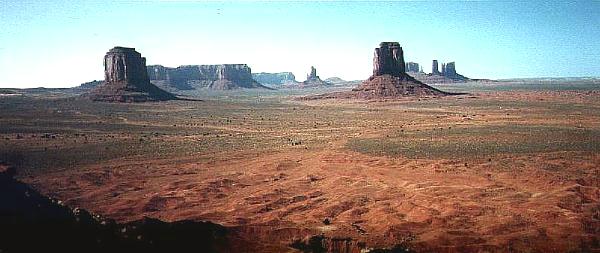analysis involves repeated-measures ANOVA, which can be
complicated; ordination also can be used
Population structure (dendrochronological techniques) (see
caveats by E.A. Johnson and colleagues)
provides direct evidence
limited to woody plants that can be accurately aged
assumes mortality is unimportant or is consistent across
age-classes and treatments
if used for inferring succession from community structure,
assumes understory trees will replace overstory trees
Photographs (ground-based or aerial) (see caveats in Bahre 1991
Legacy of Change or McPherson 1997)
ground-based photos available since mid- to late-1800s
aerial photos available since 1930s in North America
useful for large-scale physiognomic changes; spp.-specific
differences can rarely be detected
(-) field of view is oblique and narrow
(-) most historic photos are of disturbed sites
